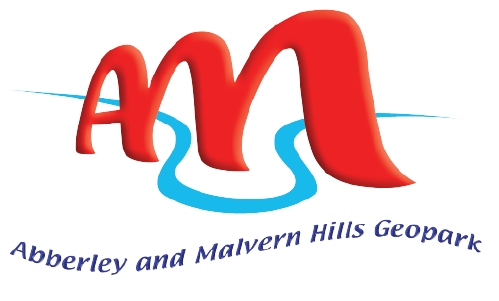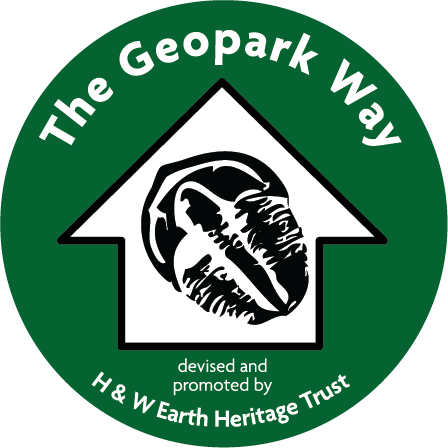 Worcestershire Archive & Archaeology Service (WAAS) can help you and your pupils Explore the Past to bring history to life and show how national history connects with local history in Worcestershire. They have a wealth of historical information as well as staff knowledge and expertise. They can help your children find out more about the county’s past, supplementing generic information in the national curriculum.
Worcestershire Archive & Archaeology Service (WAAS) can help you and your pupils Explore the Past to bring history to life and show how national history connects with local history in Worcestershire. They have a wealth of historical information as well as staff knowledge and expertise. They can help your children find out more about the county’s past, supplementing generic information in the national curriculum.
Sessions are based in The Hive, Worcester but WAAS can also come out to schools to deliver many of the programmes. The programmes listed below are primarily aimed at KS2, but WASS have worked with pupils from Year 1 to sixth form.
Prehistoric Worcestershire: What was life like in Prehistoric Worcestershire, and how did life change? Using reproduction drawing based on the archaeology we’ve uncovered and reproduction flints the children will investigate the evidence of local life in prehistoric times. This can be delivered as part of a day visit, with a workshop at Worcester City Museum & Art Gallery building an Iron Age village in clay.
Romans in Worcester: The Hive is built on the site of a busy part of Roman Worcester. We’ll look at the evidence for this outside the building, before investigating the archaeology of the site through pottery, bones and environmental evidence.
Roman Kitchen & Cooking: What did the Romans do for food and cooking in this country? Well rather a lot as it turns out as one of our archaeologists will set up a Roman kitchen to allow to children to see and smell what it would have been like. Some would be very familiar, such as vegetables, but other items may not be for the squeamish!
Anglo-Saxons (Invaders and Settlers): Using a replica skeleton and replica grave goods we’ll look at what can be discovered from a Saxon grave and what the objects and other evidence based on local archaeology, can tell us about life during the period. It covers archaeology, bones, objects, how objects were made, where items were traded from as well as life, death and belief.
Tudor Worcester: Worcester in Tudor times was a bustling city. Discover a range of people, from Elizabeth I and her visit here; Arnold Beane, a merchant who lived a stone’s throw from location of The Hive; and the lives of the poor. We use documents from the time and archaeological evidence such as cess pit remains.
Civil War in Worcester: Worcester was the location for some key events in the English Civil wars, with the first clash at Powick Bridge in 1642, and the site of the final battle, the Battle of Worcester, in 1651. We’ll look at the archival and archaeological evidence for Worcester during the Civil War. You may want to make a day of it and combine it with a school session at Worcester Cathedral for a trip up the tower to see the battlefield or a Civil war workshop at The Commandery.
Victorian Worcester – Public Health (joint visit with The Infirmary): Working with The infirmary, the medical museum based in the old Royal Infirmary, we will investigate life for children in Victorian Worcester and how the problems of public health in the city were tackled. In The Hive we will use documents from the archives to help children find out about life in the city in Victorian times, before heading over to The Infirmary to find out about Charles Hastings, a Worcester doctor and founder of the British Medical Association, and how he tackled the problems of the city.
What was it like to live here? Victorian Worcester/The Lives of the Poor: Two different workshops based on what it was like to like here in Victorian times. Using evidence from the documents and the archaeology, we will focus either on the Almshouses which stood on the site or more generally the lives of the poor in Worcestershire.
World War I: WAAS have created resource packs to mark the WWI centenary, these are based on three themes – war memorials/tracing soldiers, life in Worcestershire during WWI, and letters from the front. These can form the basis of school visits where children will be able to develop skills as historians by using WW1 sources from archives.
Archaeology of World War II: We’ll look at the archaeological evidence for WWII in the county, investigating the defences and structures which were created and in some cases can still be discovered. A second session can be run at Ronkswood Meadows to visit remains of searchlight bases which were built as part of Worcester’s defences.
Local History: Using maps, photos and census material we can visit schools to demonstrate how these sources can be used to give children a better understanding of their own locality.
For further details on all education opportunities offered by WAAS visit their website.
Email: explorethepast@worcestershire.gov.uk
Phone: 01905 766352



